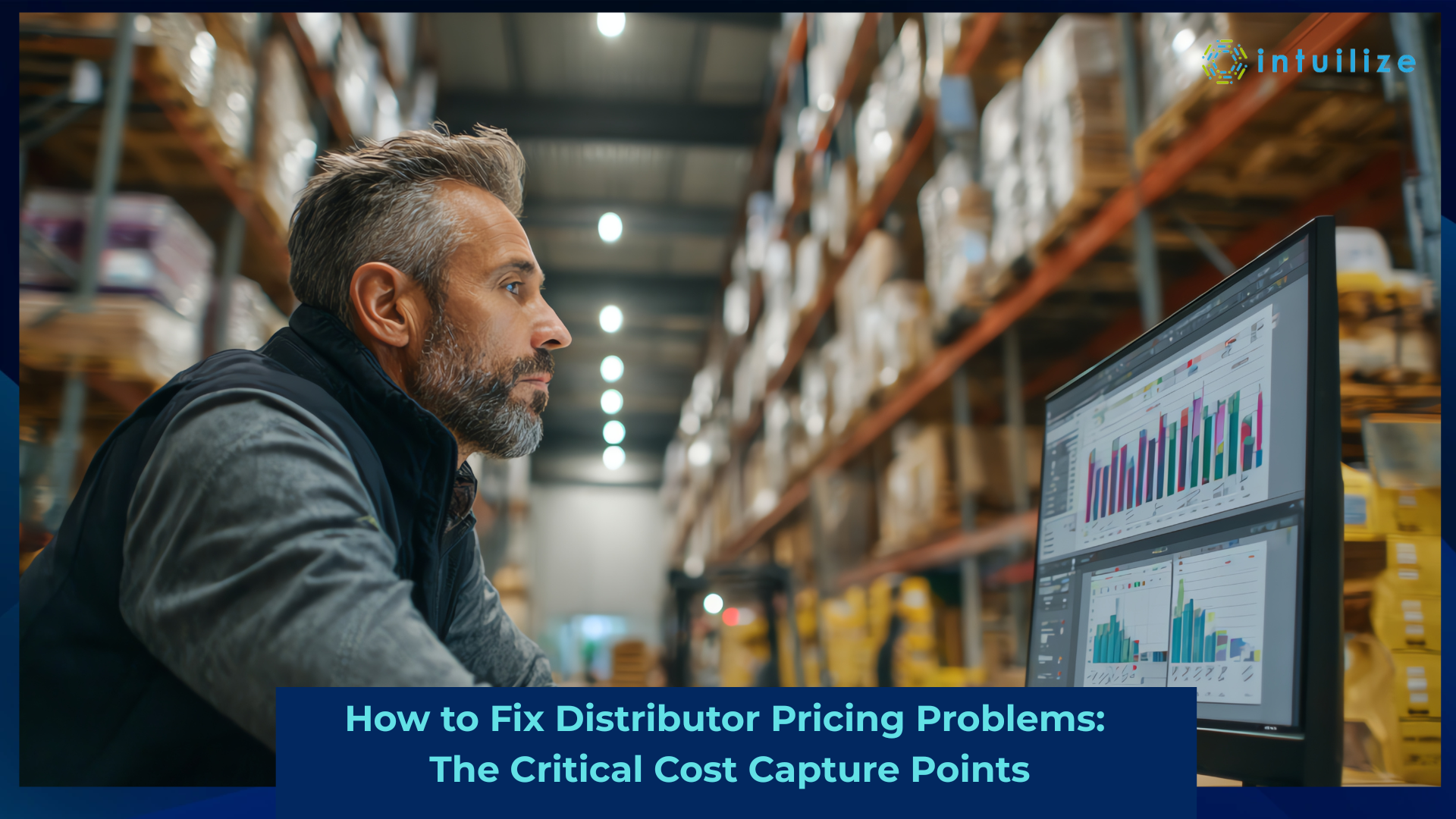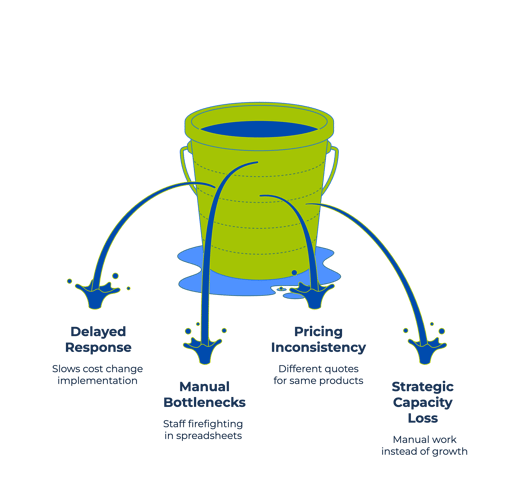
Connecting the strategic framework from "Beyond Price Hikes" (PHCPros, July 2025) with tactical wholesale cost strategy implementation from our June 2025 workshop.
Three months ago, I wrote "Beyond Price Hikes," outlining four ways to manage rising costs in wholesale distribution. Many leaders then asked: "How do we actually do this?"
They all described the same pricing problems: shrinking margins during volatile times, slow responses to cost changes, and manual processes that couldn't handle today's complex costs. These issues aren't just annoying; they show basic flaws in traditional pricing.
This led to our June workshop. We looked at real data from distributors managing over $1 billion in sales. We found a specific plan that turns cost management theory into real results.
The Gap Between Strategy and Execution
The PHCPros article outlined four critical strategies: smart pricing optimization, supply chain restructuring, value-added services, and operational efficiency through digital transformation. But here's what we learned from workshop participants: the execution bottleneck isn't strategy selection – it's operational precision at the cost capture points.
One COO client shared his experience: "We had a great strategic plan for cost management, but we were still losing $3,400 monthly because our manual operational systems couldn't execute the strategy fast enough." The gap between strategic intent and operational capability was costing him real money.
The Three Critical Cost Capture Points: Where Strategy Meets Reality
🎥 Watch This Workshop Moment from our From Tariff Chaos to Control workshop: Nelson explain the tactical implementation - "The Cost Capture Points Explanation" (3-4 minutes)]
"These are the three places where you're going to capture cost... 90% of distributors don't use this data, which is gold."
Our workshop analysis revealed that successful cost management requires operational precision at three specific points in your supply chain. These aren't theoretical concepts – they're the actual moments where your strategic decisions either capture value or leak margin.
Capture Point 1: Vendor Quote/Price Announcement
Strategic Connection: This directly supports the "smart pricing optimization" strategy from the PHCPros article.
When vendors announce price changes, distributors face three different transparency scenarios that require different operational responses:

Capture Point 2: Purchase Order Creation
Strategic Connection: This operationalizes the "supply chain restructuring" strategy through systematic cost management.
For instance, update the cost at the time the PO is placed with the vendor, don’t wait until the product has arrived and update the cost from the invoice.
This approach ensures precise order-time costing and prevents margin erosion caused by outdated costs remaining in your system when new inventory arrives. By integrating standard costs into your ERP, your pricing structure will consistently leverage the standard cost or price list as the basis for discounts.
Capture Point 3: Inventory Receipt
Strategic Connection: This completes the "operational efficiency through digital transformation" by finalizing cost accuracy.
Finalize cost updates when inventory is physically received, capturing last-minute adjustments. During the workshop, we examined a real scenario: "A shipment from China arrives with actual freight and cost costs. Update standard costs or final landed cost." This ensures final landed cost accuracy and closes the loop on your cost management system.
The Vendor Transparency Framework: Tactical Implementation
The workshop revealed a crucial insight: domestic suppliers are also impacted by costs through their own supply chains. This requires extending your cost capture framework beyond direct imports to include domestic vendors whose costs reflect upstream cost impacts.
Your operational response must account for US manufacturers sourcing materials from cost-affected regions and timing delays between cost implementation and domestic price adjustments.
The Integration Imperative: Why Isolated Approaches Fail
4 Signs Your Current Distributor Pricing Strategy Needs Systematic Cost Capture:

Workshop data revealed that distributors attempting isolated approaches consistently underperformed compared to those implementing integrated systems.
The successful framework integrates:
- Price Optimization: Systematic pricing adjustments based on captured cost data
- Inventory Cost Management: Real-time cost updates at all three capture points
- Performance Visibility: Monitoring and reporting systems that track effectiveness
Operational Simplicity: The Strategic Advantage
Here's the competitive advantage that emerged from our workshop analysis: distributors with systematic cost capture processes can treat cost increases like routine price increases. This operational simplicity becomes a strategic differentiator when competitors struggle with cost-related disruptions.
Customers notice this difference. While your competitors scramble with manual processes during cost changes, your systematic approach maintains:
- Consistent pricing communication
- Predictable cost updates
- Professional customer interactions
- Reliable delivery commitments
The Implementation Bridge: From Article to Action
The PHCPros article provided the strategic framework. Read the full article here.
The Measurable Difference
Current clients who implemented the three critical cost capture points saw quantifiable improvements:
- Response Time: From weeks to days for cost-related price adjustments
- Margin Protection: Average 2.3% improvement in gross margins during volatile periods
- Operational Efficiency: 40% reduction in time spent on cost-related tasks
- Customer Satisfaction: Improved due to consistent, professional pricing communications
One participant summarized the transformation:
"Cost changes used to create chaos in our operations. Now they're just another systematic process we handle professionally."
Frequently Asked Questions: Cost Capture Implementation
Q: How long does it take to implement the three critical cost capture points? A: Most distributors see initial margin protection within 2-4 weeks. Full integration takes 6-8 weeks, with measurable improvements appearing progressively.
Q: What's the ROI of systematic cost capture vs. manual pricing processes? A: Workshop participants averaged 2.3% margin improvement and 40% reduction in pricing-related labor costs. For a $50M distributor, this typically translates to $500K+ annual benefit.
Your Strategic Implementation Decision
The strategic framework from the PHCPros article outlined what successful distributors do differently. The workshop tactical insights revealed exactly how they do it. The three critical cost capture points provide the operational precision that transforms strategic intent into competitive advantage.
While enterprise solutions serve large distributors, mid-market companies ($10M-$150M revenue) need systematic approaches that work within existing ERP systems while delivering enterprise-level responsiveness. Your competitors are reading the same strategic articles – differentiation comes from operational execution at the three critical points where cost impacts actually affect your business.
Ready to bridge the gap between cost strategy and execution? The distributors gaining competitive advantage during cost volatility aren't just thinking strategically – they're executing systematically at the operational level where margins are actually protected or lost.
Your Next Step: Choose Your Path
Path 1: Watch the Full Workshop
See exactly how we help distribution companies unlock strategic capacity without replacing their expertise.
➡️ Access the Complete Workshop From Tariff Chaos to Control
Path 2: Get Your Personal Assessment
We'll walk through your specific situation and identify exactly where resistance will emerge and how to prevent it.
➡️ Schedule Your Technology Readiness Assessment
Want to see how the three critical cost capture points would work in your specific ERP environment? Schedule a 45-minute diagnostic call to analyze your vendor relationships, calculate your margin protection potential, and build your tactical implementation plan.
Coming This October:
Peak Season Profit Protection Workshop
Ready to master peak season without the chaos? Join us this October for our Peak Season Profit Protection Workshop, co-hosted with our partner ShipHawk, where we'll show you how to turn Q4 complexity into competitive advantage.
Nelson Valderrama is CEO of Intuilize, where he helps industrial distributors leverage technology and strategic frameworks to build sustainable competitive advantages. Connect with Nelson on LinkedIn for ongoing insights into distribution strategy and technology implementation.


%20Workshop%20Register%20Now%20(1080%20x%20512%20px).png?width=920&height=436&name=202510%20(28)%20Workshop%20Register%20Now%20(1080%20x%20512%20px).png)



